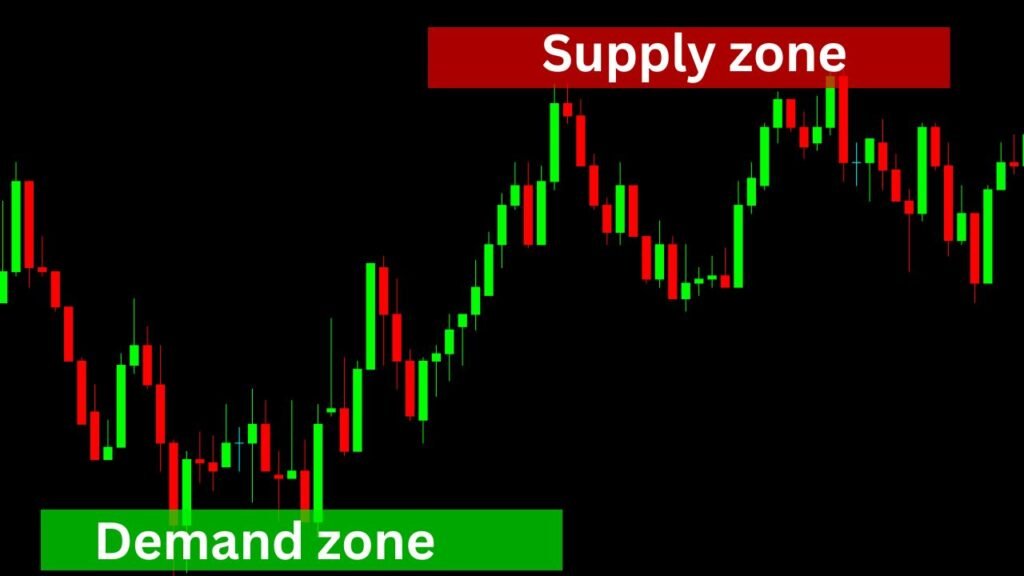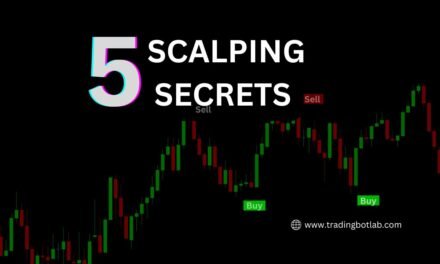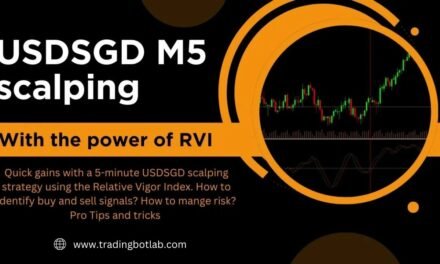In forex trading, getting the hang of demand and supply zones is super important. These zones are like hotspots where the price usually reacts, giving traders a heads-up on when to jump in or out. If you really understand how these zones work, you can turn a basic strategy into something much more powerful for your trading game. Let’s explore how Demand and supply strategy work, how to spot these zones, and when to buy and sell based on them.
What are demand and supply zones?
Demand Zone: A demand zone is the opposite. It forms after a price decline, where buying interest is greater than selling pressure, pushing the price back up. Buyers enter the market with the belief that the price is low and worth buying, causing an increase in demand.
Supply Zone: A supply zone represents an area where selling pressure exceeds buying pressure. These zones form after a price increase, when sellers step in to take profits or traders close their positions, causing a drop in price. In simple terms, it’s a level where there are more sellers than buyers.
These zones aren’t exact spots but key areas where the market often pauses or reverses—perfect for spotting trading opportunities!
How to identify demand and supply zones?
Demand and supply zones are best identified on larger time frames, like 1-hour or daily charts. However, they can also be seen in shorter time frames for more aggressive traders.
- Demand Zone Identification:
- Look for spots where the price suddenly drops and then shoots up. That’s where buyers jump in and drive prices higher—the lowest point before that surge is the demand zone!
- Supply Zone Identification:
- Look for an area where the price makes a sharp rise followed by a sudden fall. This signifies that the buying pressure has been exhausted, and sellers have taken control.
- Mark the highest price before the drop as the supply zone.

Once identified, these zones can serve as potential entry and exit points for trades.
When to buy in demand zones?
Buying in a demand zone is considered a low-risk, high-reward strategy. Here’s how to do it:
- Wait for Confirmation: Don’t jump into a trade the moment the price hits the demand zone. Wait for confirmation, such as a candlestick reversal pattern or a strong bullish candle that suggests the price is about to rise.
- Set Your Stop Loss Below the Zone: Place a stop loss just below the demand zone to limit risk. If the price breaks through the zone, it may continue falling, and you want to minimize losses.
- Profit Target: You can target a supply zone to take profits. Since supply zones act as resistance, it’s a logical point where the price may struggle to move higher.
When to sell in supply zones?
Selling in a supply zone works the opposite way of buying in demand:
- Wait for Price Reaction: Just like with demand, wait for a price reaction in the supply zone. Look for a bearish candlestick pattern or a rejection wick that indicates sellers are pushing the price down.
- Stop Loss Above the Supply Zone: Place a stop loss just above the supply zone. If the price breaks the zone, it could keep rising, so you want to avoid large losses.
- Profit Target: Aim for a demand zone as your profit target. Since demand zones are support levels, they are ideal areas for the price to stop falling and reverse.
Key Factors to Keep in Mind in demand and supply strategy
- Volume: Look for increasing volume at Demand and Supply zones. Higher volume indicates stronger pressure, making the zones more reliable.
- Trend Direction: Demand and Supply zones work best when we are trading in the direction of the overall trend. For example, in an uptrend, focus more on demand zones for buying opportunities.
- Market Context: Always consider the broader market context. News events, economic data, or changes in sentiment can affect how price reacts in Demand and Supply zones.
Short review
Trading with Demand and Supply zones gives you a strategic advantage by allowing you to trade where the big institutions are likely to enter or exit the market. Calmly waiting for the price to reach these zones, looking for confirmation signals, and managing your risk with stop losses, you can increase your chances of making successful trades.
Just keep watching the market, manage your risks, and soon you’ll be handling Demand and Supply zones like a pro!
Stay tuned for more advanced trading strategies and tips.
Happy trading!









